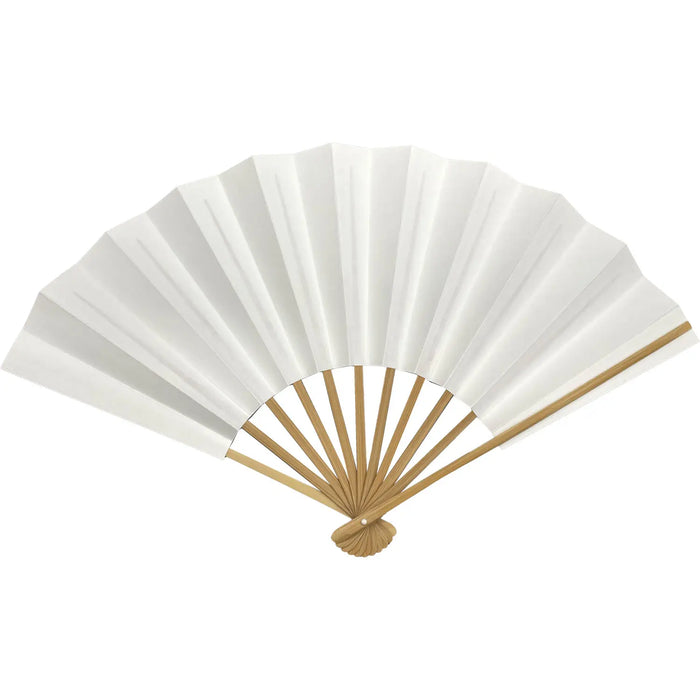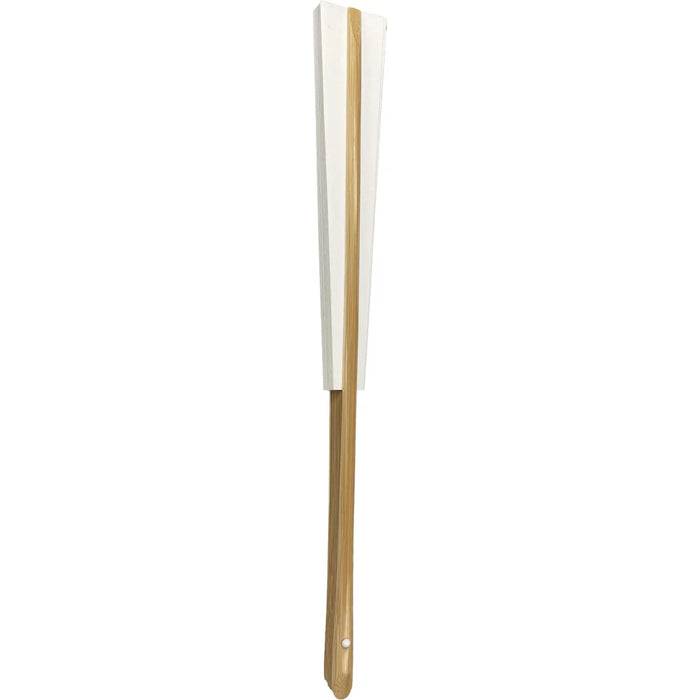Manners of Tea Ceremony|How to dress, order of seating, and how to drink tea and eat sweets?
The tea ceremony is a traditional Japanese ritual in which the host entertains and serves tea to his or her guests. It is also called "chanoyu. Sen no Rikyu, a tea master active from the Warring States Period to the Azuchi-Momoyama Period, brought the tea ceremony to its peak. Today, there are several schools of tea ceremony, such as Omotesenke, Urasenke, and Mushanokoji Senke, and the spirit of the tea ceremony has been passed down to the present day.
If you are invited to a tea ceremony party, we recommend that you check the basic etiquette. Here, we will introduce the tea ceremony attire, seating order, and how to receive tea and sweets.
Basic Manners of Tea Ceremony
First, we would like to introduce some basic manners that you should keep in mind in the tea ceremony. There are several schools of tea ceremony, each with different manners. It is a good idea to check the etiquette of the school you are studying based on the basic manners.
Entering and Seating
Before entering the tea ceremony room, one should first wash one's hands in a water bowl to purify oneself and prepare one's mind for the ceremony. After saying, "Excuse me, sir," to the hostess, enter the room. The person seated closest to the host at the tea ceremony is called the "shokaku," and the person seated farthest from the host is called the "makkyaku. The shokaku is the representative of the guests. He or she is responsible for conversing with the host and asking questions about the tea ceremony and tea utensils. On the other hand, the sommelier is responsible for returning tea utensils to the owner of the tea ceremony. Both of these roles require a wealth of knowledge of the tea ceremony and consideration for those around them, so beginners are advised to avoid seating as a Shokaku or Suekaku.
How to Drink Tea
Before receiving the tea, bow and say "o-demae wo tegimasu" (please give me the o-demae). When drinking tea, place the bowl in your left hand and hold it with your right hand. Turn the bowl clockwise twice with your right hand before sipping. Do not finish the tea in one gulp, but rather drink it in three or four gulps. When you have finished drinking, wipe the mouth of the cup with the index finger and thumb of your right hand to purify it, and wipe your fingers with a piece of Kaishi paper. As before, turn the bowl clockwise twice with your right hand so that the front side with the design on it is facing toward the host. In this state, return the bowl to the position in which it was served.
How to eat sweets
Sweets are eaten before the tea is served. The master of the tea ceremony will say, "Please have some sweets. When eating sweets, use utensils such as kaishi paper and kashikiri (confectionery toothpicks). After placing the confectionery served in the confectionery container on the kaishi, place the kaishi on the palm of your left hand and eat it with your right hand. For fresh confections, use the confectionery cutter to cut the confectionery into bite-sized pieces. When you have finished eating the sweets, turn and fold the used piece of kaishi and take it home before disposing of it.
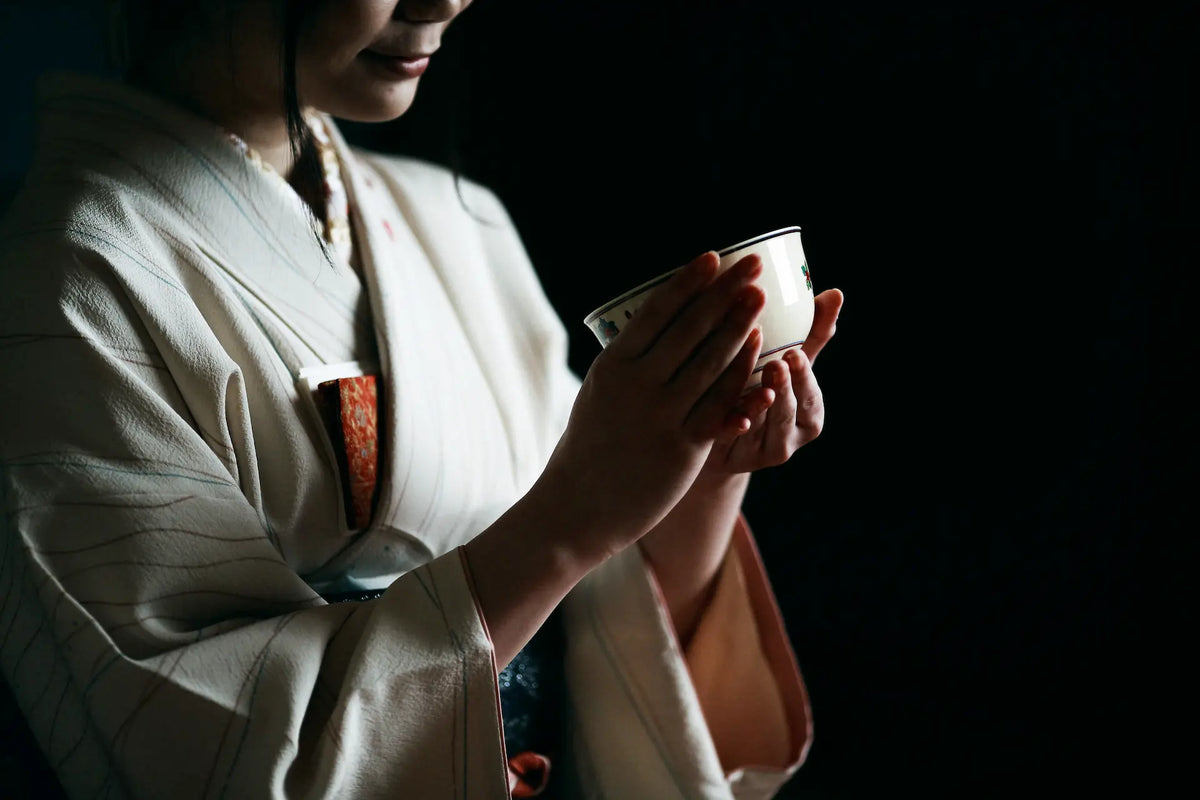
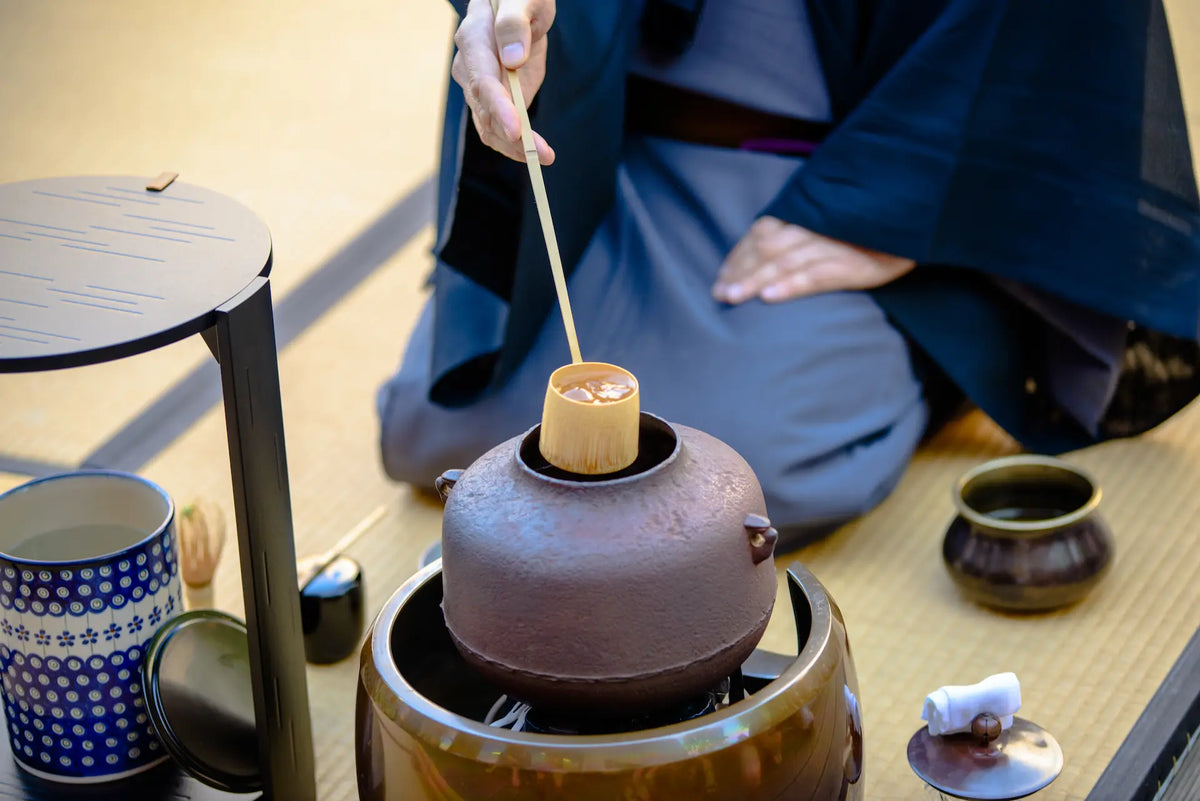
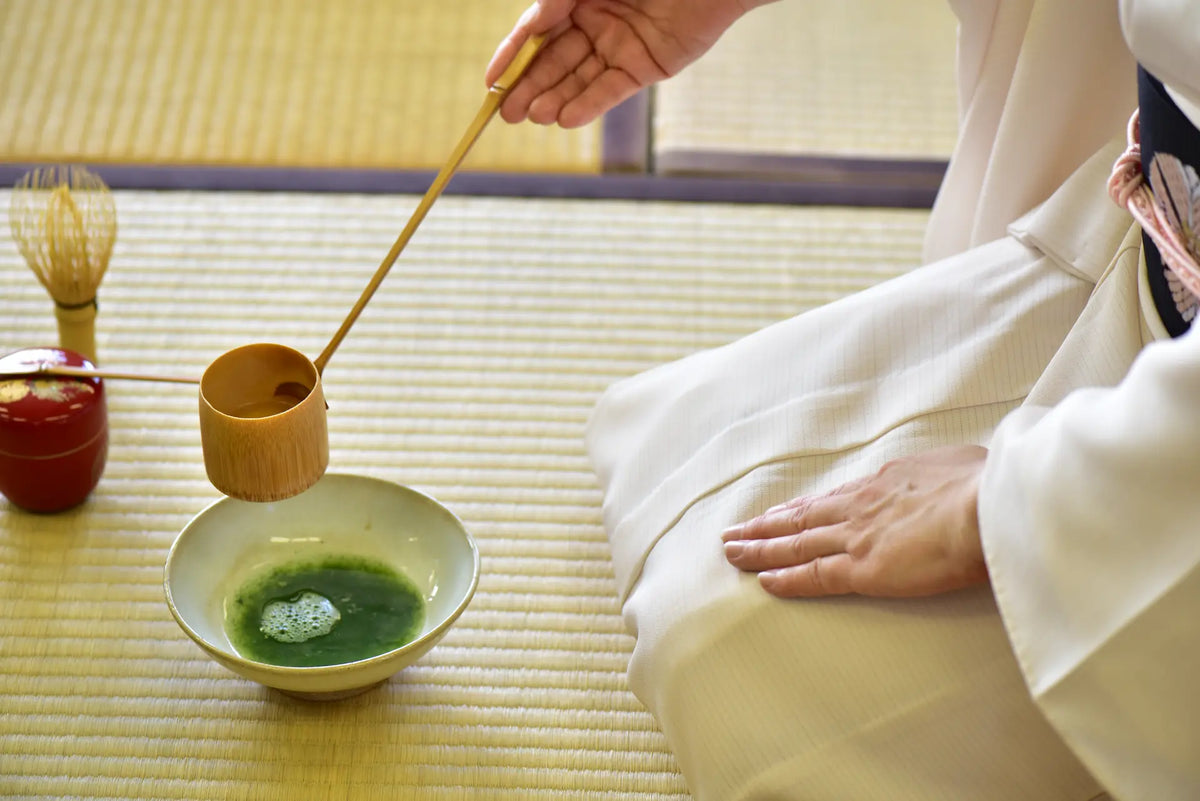
Manners regarding tea ceremony attire
When attending a tea ceremony class or participating in a tea party, be sure to dress appropriately for the tea ceremony. Here, we will explain the manner of dress when attending a tea ceremony in kimono, separately for men's attire and women's attire, respectively.
Manners common to men and women
Do not wear jewelry.
In the tea ceremony, accessories are not worn to avoid damaging important utensils such as tea bowls. Rings and watches should be removed before entering the tea ceremony room. It is advisable to have an accessory case or other container prepared so that you do not have to worry about losing your jewelry when you remove it.
Wear white tabi (white socks).
It is good manners to wear clean white tabi socks or white socks when entering a tea ceremony room. White tabi or white socks are meant to bring purity to the tea ceremony. In the tea ceremony, "harmony, respect, purity, and silence," which represents the spirit of Sen no Rikyu, is emphasized. The "sei" in the tea ceremony refers to keeping the tea room and tea utensils clean, and the wearing of white tabi is included in this. Some schools of tea ceremony may change into clean white tabi just before entering the tea room, so it is advisable to prepare a spare white tabi if necessary.
Men
Men wear kimono with a crest and a hakama (hakama with a crest). The color of the kimono should not be too flashy, such as rat, dark blue, or rikyu. The most common type of hakama is the bajo hakama (shaped like pants). Andon hakama (skirt-like hakama) is another option. A haori is not worn at the tea ceremony, as it protects the wearer from the cold and dust when going out.
Women
Women's kimonos for tea ceremonies are basically semi-formal kimono, such as a kimono with a crest, a colored kimono or a visiting kimono, and a fukuro obi (a ceremonial obi). For casual tea ceremonies, an elegant komon is sometimes worn with a Nagoya obi. The guest's kimono should not be higher in rank than the host's. As the appropriate kimono rank differs depending on the tea ceremony, it is advisable to confirm the rank of the kimono beforehand.
Frequently asked questions about tea ceremony etiquette
Finally, here are some frequently asked questions and answers about tea ceremony etiquette. In the tea ceremony, there are sometimes specific manners for hospitality and how to receive tea. If you are interested in Japanese culture, please review these frequently asked questions before participating in a tea ceremony experience or tea party for the first time.
May I attend a tea ceremony in clothes?
The basic dress code for tea ceremony is Japanese, but some classes allow students to attend tea ceremonies in Western-style clothing as well. If you choose to participate in Western-style attire, please observe the proper etiquette.
When attending in Western-style clothing, white socks should be worn by both men and women. For men, formal attire such as a dark-colored, plain suit is appropriate. For women, pants style or skirts/dresses below the knee are preferable. Since tea ceremonies involve sitting on the floor, the length of a skirt should be just below the knees when sitting on the floor. If stockings are worn, white socks should be worn over them. It is also important to keep the amount of exposed skin to a minimum.
Why is the tea bowl passed around in the tea ceremony?
When drinking tea served at a tea ceremony, the tea bowl is first passed around before sipping. This etiquette is meant to show humility and respect to the host by avoiding the front of the tea bowl. The tea bowls used in tea ceremonies have a front position that shows a beautiful design, and the master of the tea ceremony faces the front of the bowl toward the guest. In contrast, the guest turns the bowl to avoid the front of the bowl.
What does it mean to say, "Please give me your tea"?
In the tea ceremony, when a guest receives a cup of tea, he or she bows and says, "O-temae wo kudasimasu. The term "o-demae" refers to a series of gestures used to serve tea. In other words, the greeting "o-temae gimemashimasu" is meant to express gratitude to the host for his or her hospitality. In addition, when a guest receives tea, the person next to him or her says, "After you. In the tea ceremony, consideration for each other is important in order to make the tea ceremony enjoyable for all guests.
Let's participate in a tea ceremony with basic tea ceremony etiquette in mind!
We have introduced the basic manners of the tea ceremony. Many of you may be interested in Japanese culture and would like to take up the tea ceremony. In the tea ceremony, there are various rules and regulations, ranging from how to receive tea and sweets to how to dress. There are several schools of tea ceremony, and each school has its own rules. At tea ceremonies and practices, please follow the instructions of the teachers of each school, and participate in the tea ceremony with good manners.
IbasenTea fan of
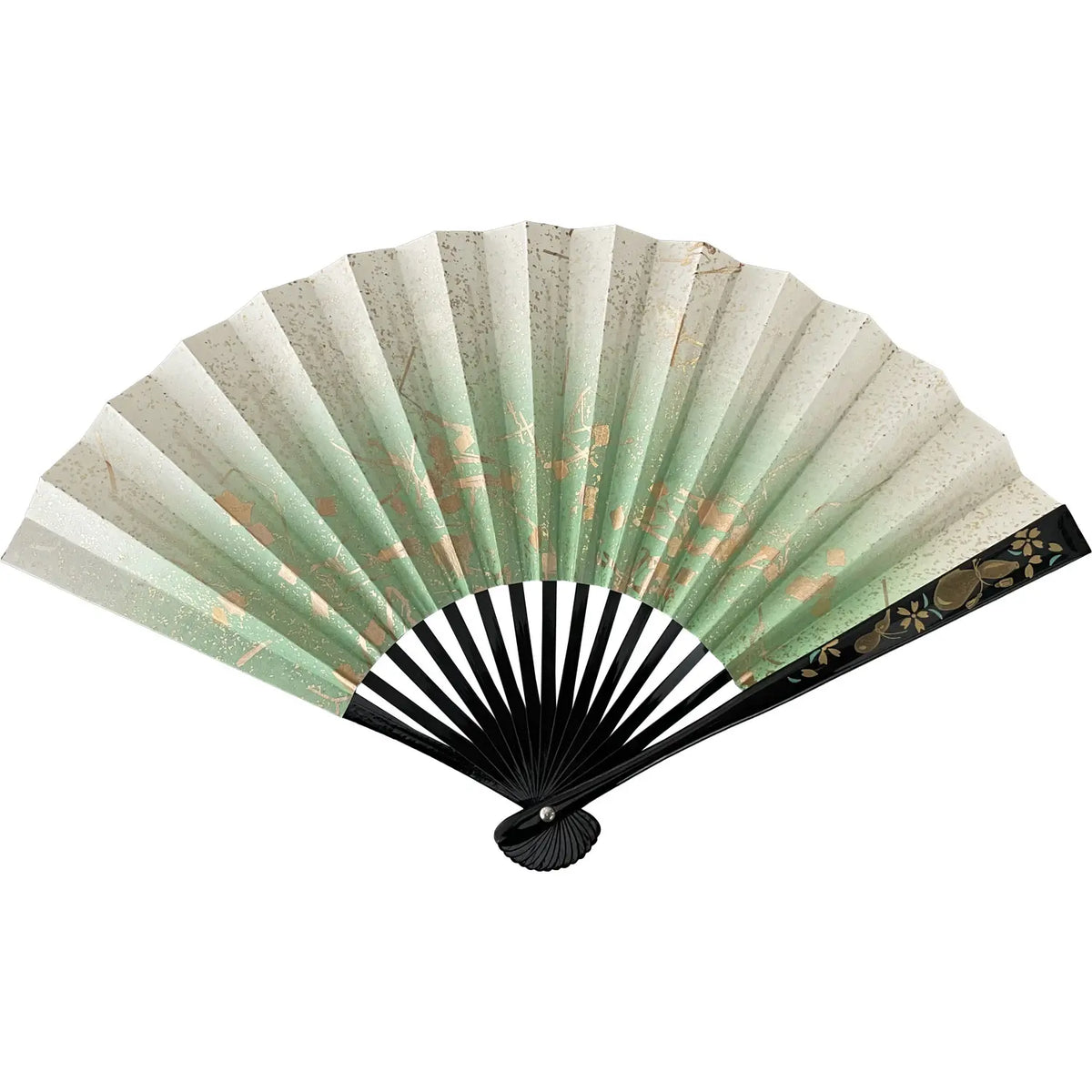
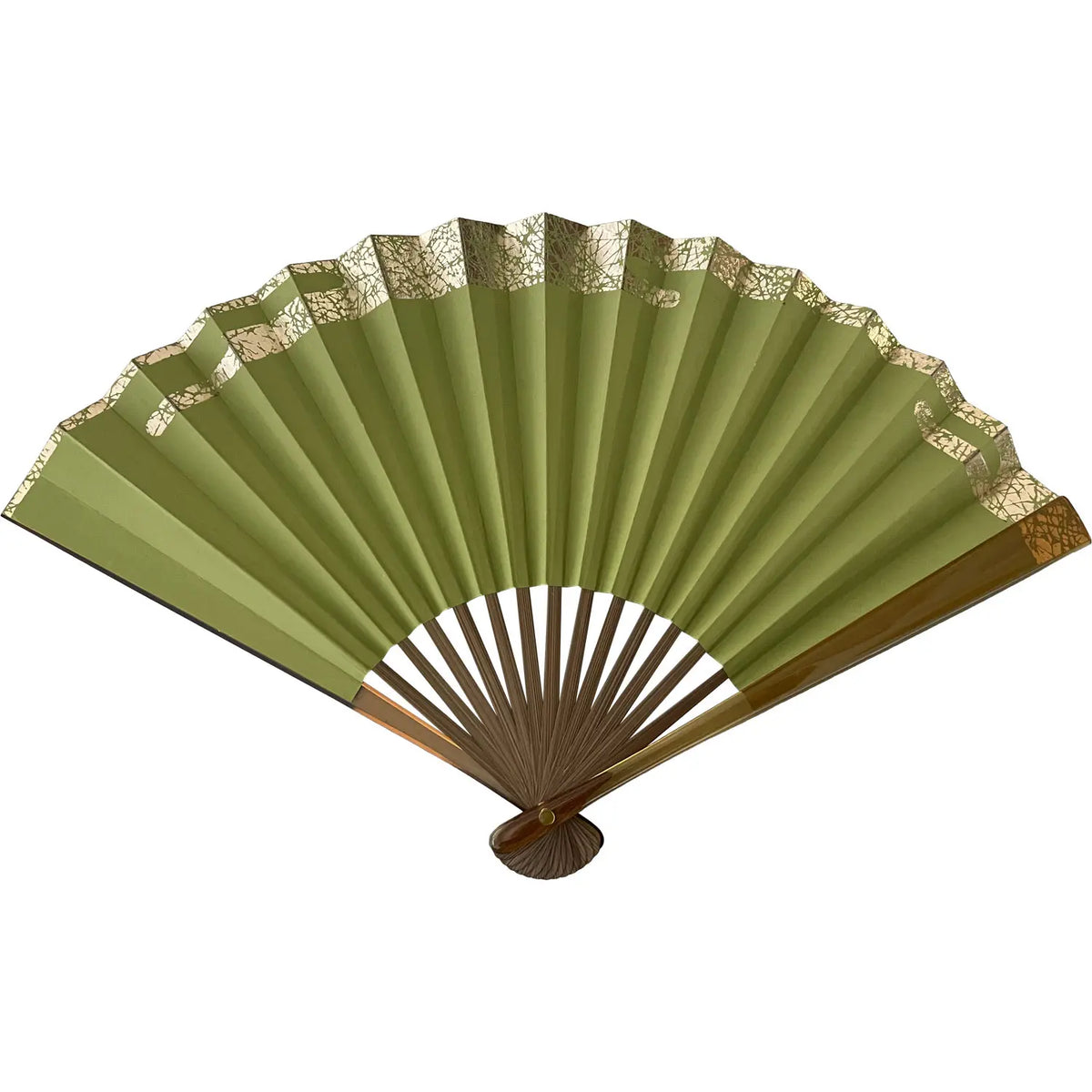
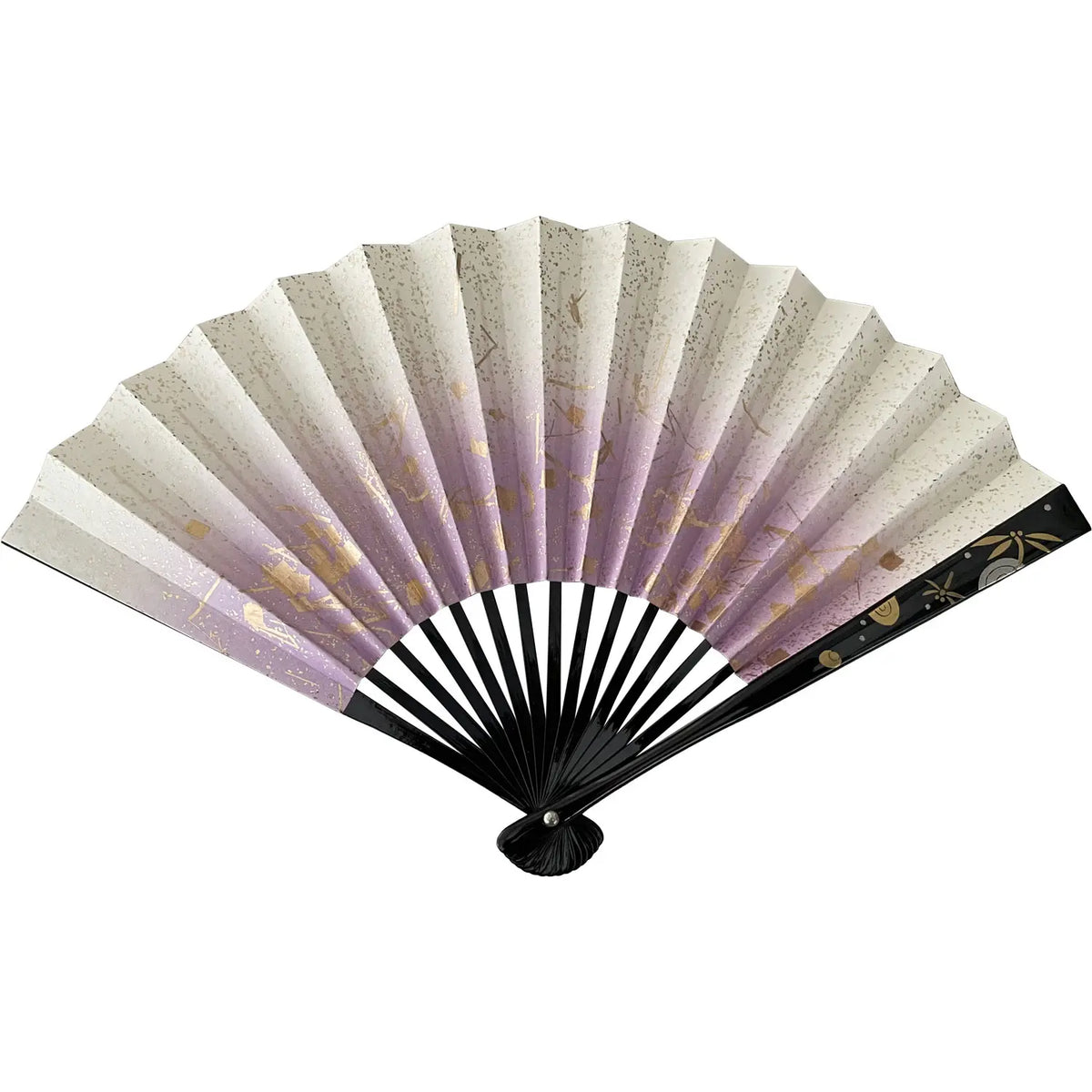
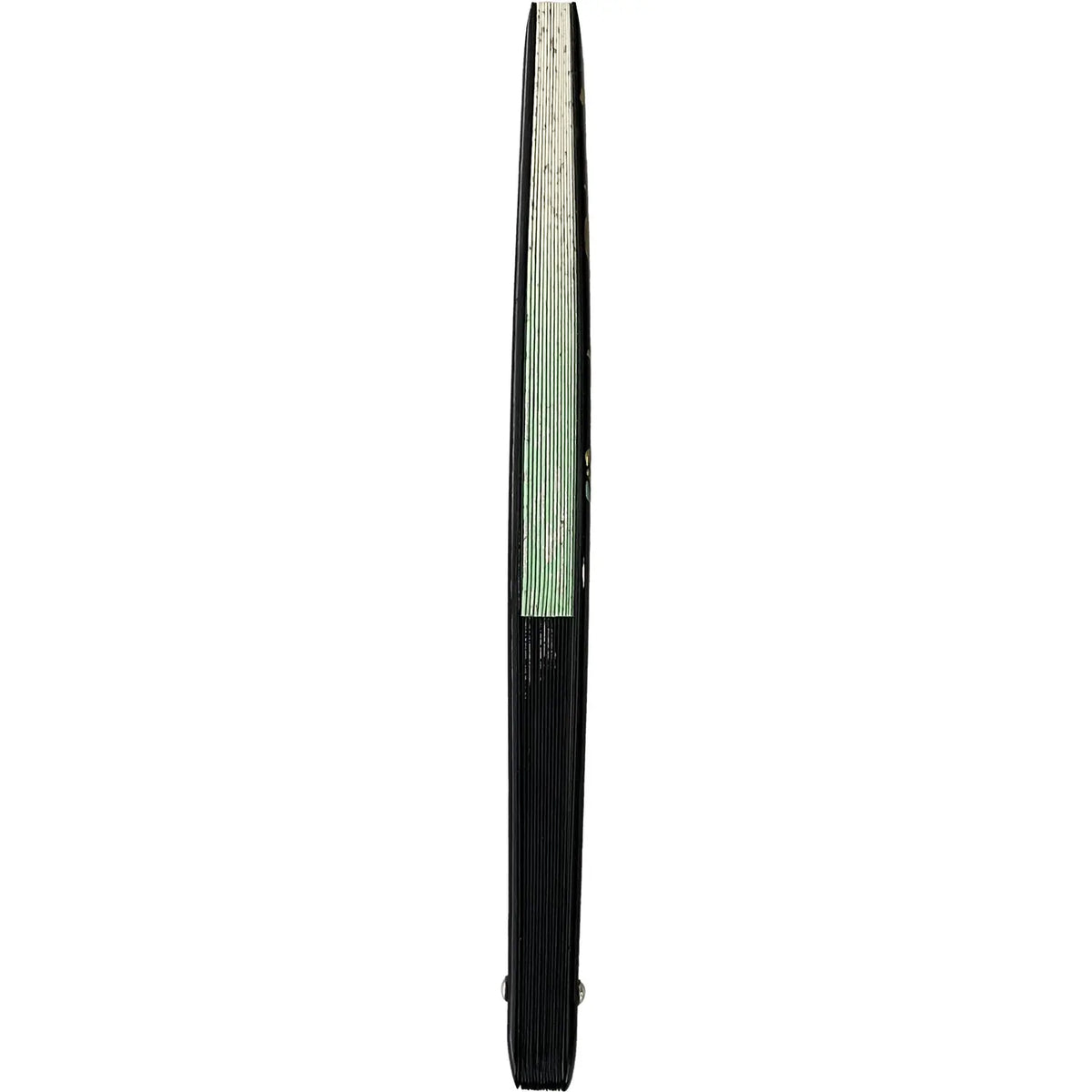
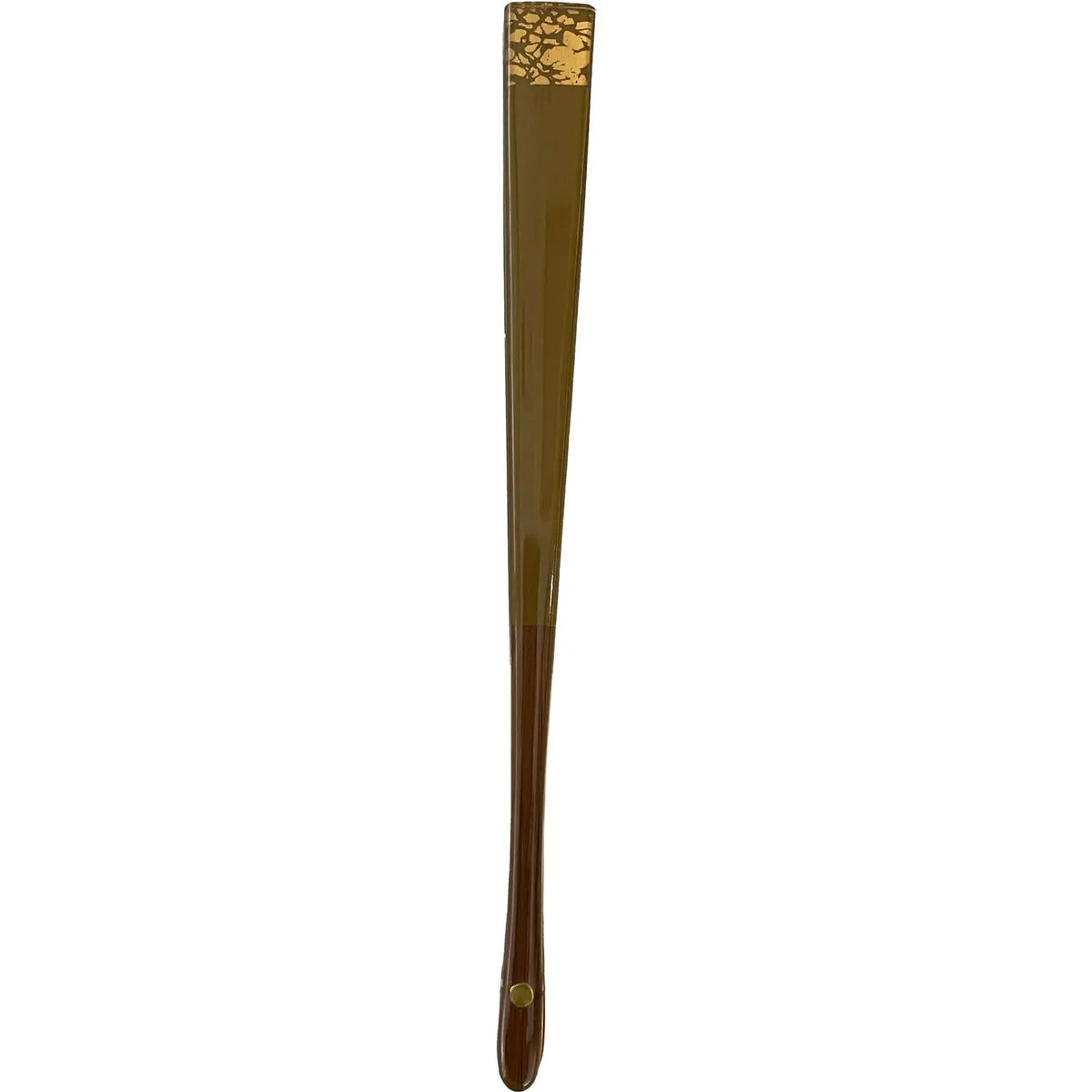
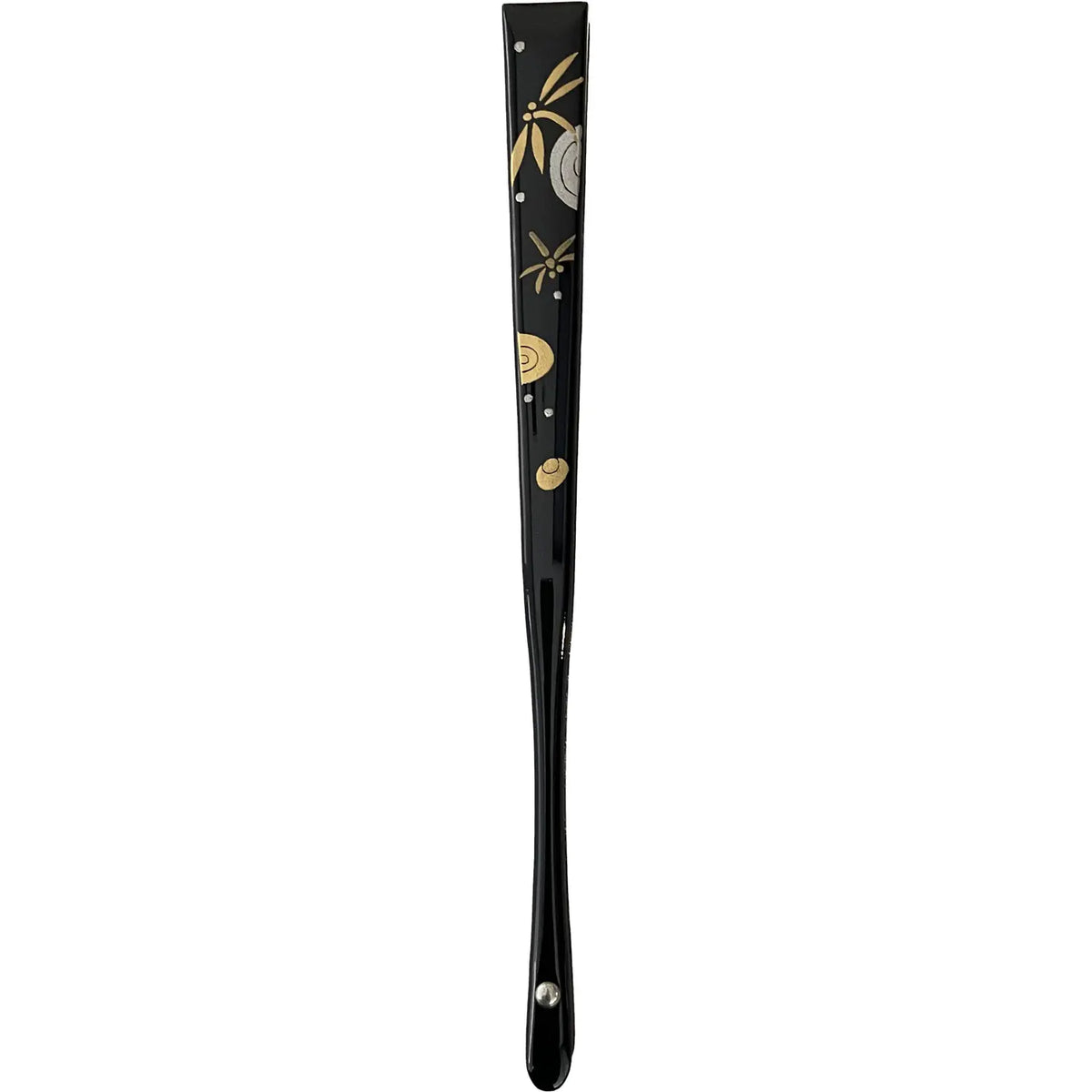
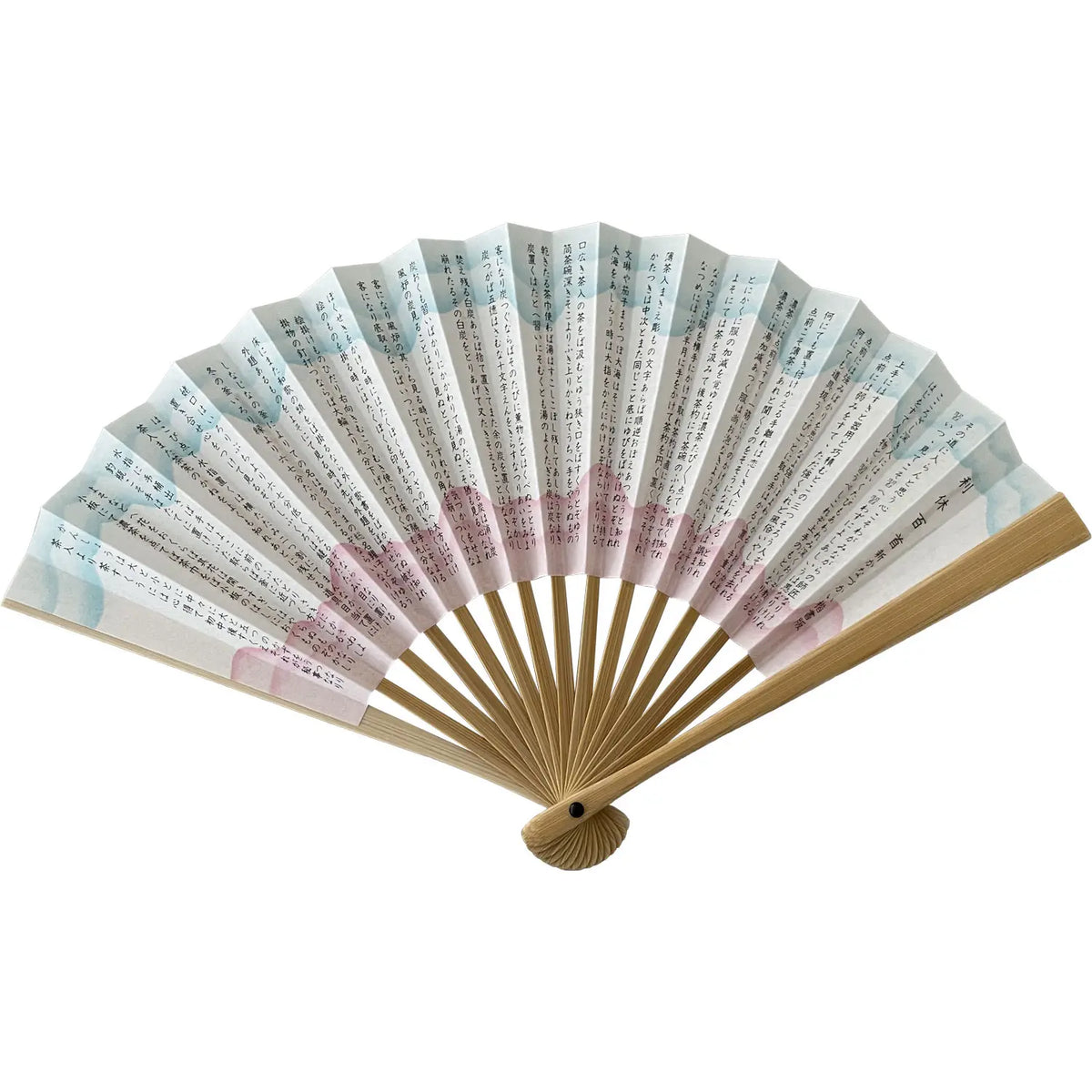
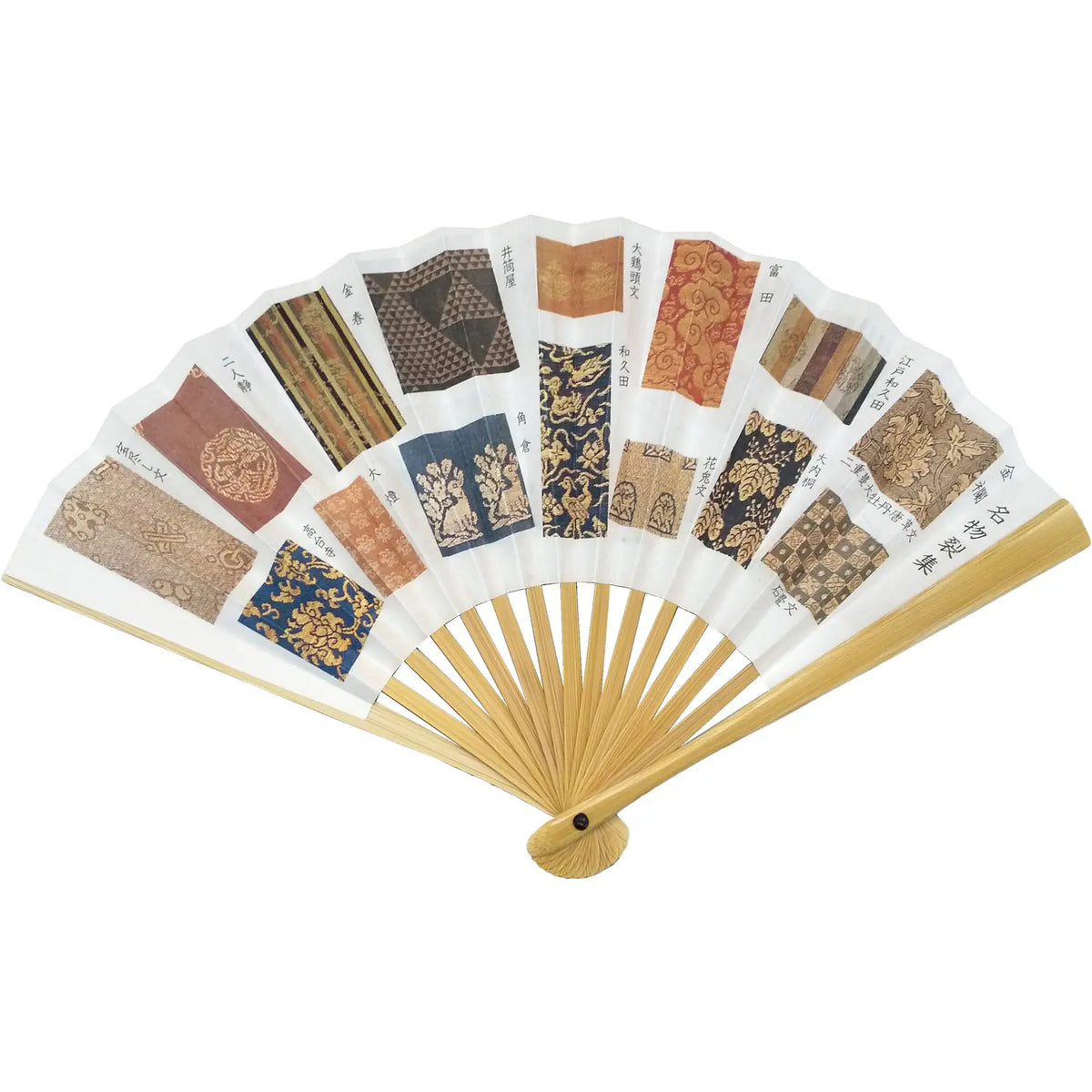
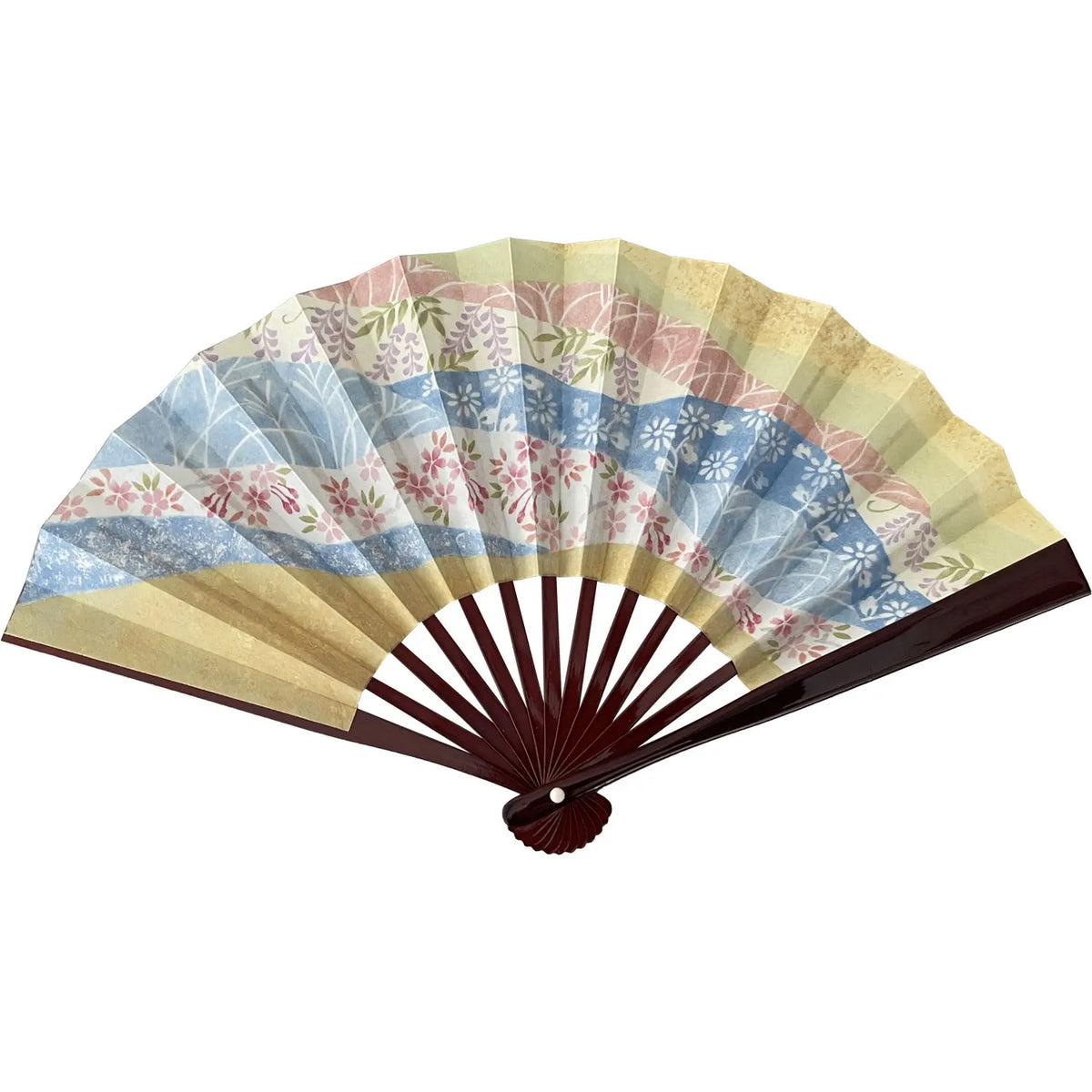
(white) fan
- Regular
- ¥3,960
- Sale
- ¥3,960
- Regular
-
¥3,960
- Unit Price
- per

